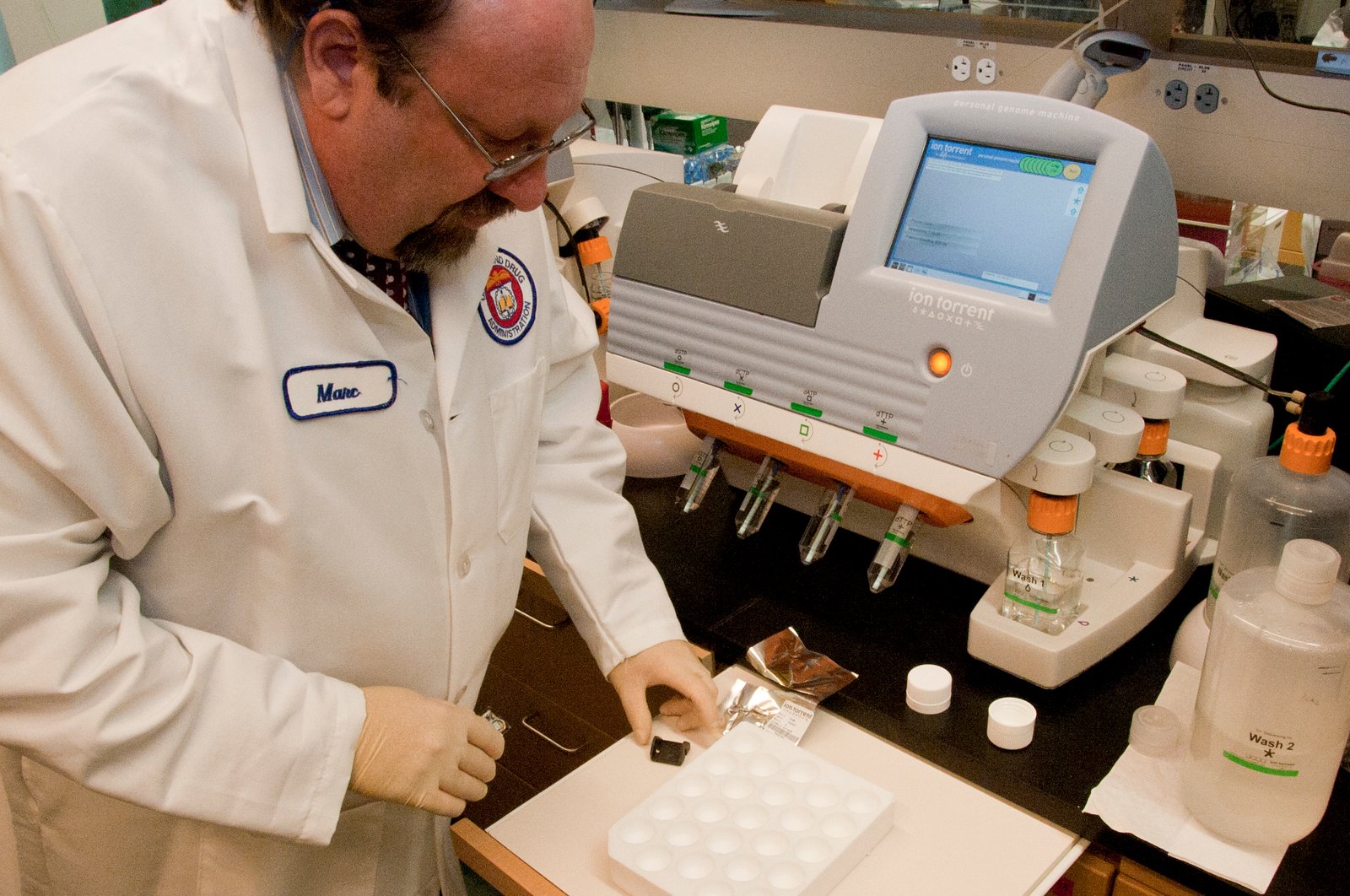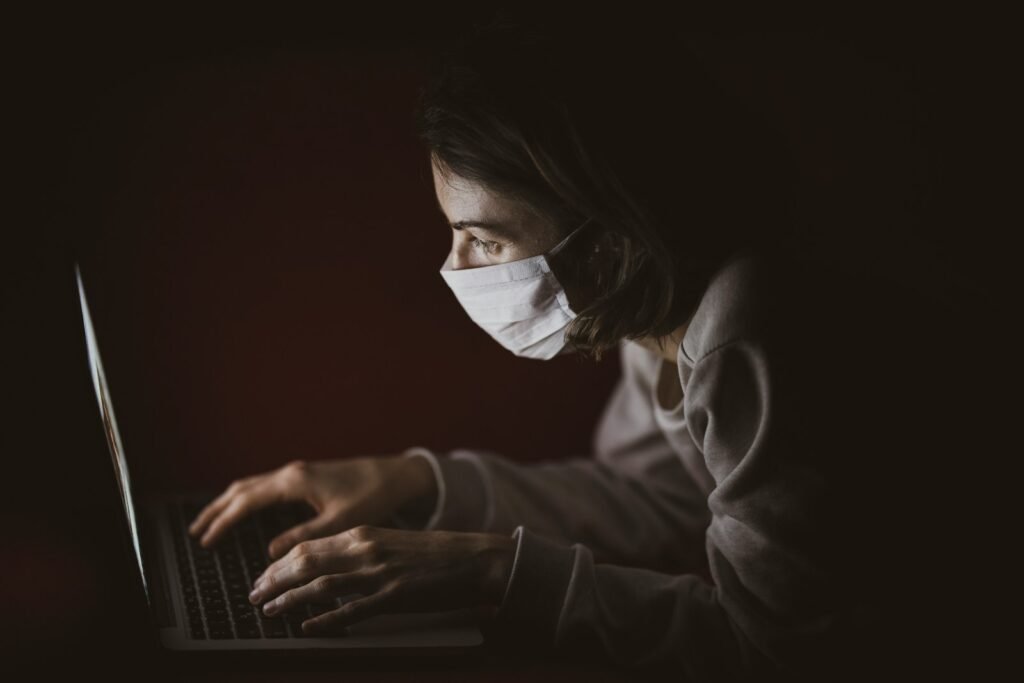Imagine a world where a single sneeze in Tokyo could influence the medicine you receive in New York. Each year, as the leaves change and the chill creeps in, the flu makes its relentless return—ever adapting, always evolving. Behind the scenes, a vast international network of scientists, laboratories, and public health officials work tirelessly, racing the virus around the globe. Their mission? To outsmart an ever-shifting enemy and craft vaccines that protect millions. This is the untold story of how global teamwork and cutting-edge science help keep the flu at bay, right in your own backyard.
The Invisible Enemy: What Makes the Flu So Tricky?
The flu isn’t just your average virus. It’s a master of disguise, constantly changing its genetic makeup to sneak past our immune defenses. Unlike some viruses that stay relatively stable over time, influenza is notorious for its rapid mutation. This means last year’s vaccine could be ineffective against this year’s strain. The flu can even swap genetic material with other viruses, creating brand new versions that can sweep across the world. Think of it as a shape-shifting thief, always one step ahead of the law. Scientists must stay on their toes, analyzing every new twist and turn in the virus’s evolution.
The Birth of a Global Surveillance Network

After the devastation of the 1918 Spanish Flu, the world realized the need for a coordinated response to future outbreaks. In 1952, the World Health Organization (WHO) created the Global Influenza Surveillance and Response System (GISRS). Since then, this network has grown to include over 150 laboratories in more than 100 countries. These labs work together, like detectives swapping clues, to spot new strains and track flu activity in real time. The GISRS has become the world’s early warning system, sounding the alarm when a dangerous new strain emerges.
How Laboratories Detect the Flu’s Footprints
Every day, thousands of samples arrive at flu surveillance labs—tiny vials filled with nasal swabs from people who have fallen ill. Scientists use high-tech tools like polymerase chain reaction (PCR) machines to hunt for traces of influenza’s genetic material. If they find something unusual, they sequence the virus’s genome, looking for changes that could signal a new threat. It’s meticulous work, a bit like piecing together a jigsaw puzzle with pieces scattered across continents. These findings are then shared with the global network, speeding up the response to any emerging dangers.
Real-Time Data: The Heartbeat of Global Monitoring

The flu moves fast, but global surveillance moves faster. Every week, laboratories around the world upload their data to central databases. Public health experts analyze this flood of information, looking for patterns and spikes that could indicate a new outbreak. When a suspicious cluster appears—say, a surge of hospitalizations in Brazil or unusual symptoms in Vietnam—it triggers a rapid investigation. This real-time tracking lets nations respond quickly, deploying resources and launching awareness campaigns before the virus spirals out of control.
When Local Outbreaks Become Global Threats
Not every flu outbreak is created equal. Sometimes, a local flare-up fizzles out on its own. Other times, a single case in a remote village can ignite a global firestorm. The 2009 H1N1 pandemic began with a few cases in Mexico before racing across borders with breathtaking speed. The global network relies on constant vigilance, using data from every corner of the planet to spot these potential pandemics early. By connecting the dots between distant outbreaks, scientists can launch a coordinated defense before the flu gains a foothold.
The Role of “Flu Hunters” in the Field

Some scientists are more like detectives than lab technicians. “Flu hunters” travel to hot spots, collecting samples from sick patients and even testing wild birds or pigs—animals that can harbor and mix flu viruses. These field experts brave harsh weather, remote locations, and sometimes dangerous conditions to find the virus at its source. Their work is crucial for understanding how new strains emerge and spread. Without their on-the-ground efforts, many outbreaks would go unnoticed until it was too late.
Wildlife: The Secret Reservoirs of Influenza

Birds, especially wild waterfowl, are nature’s hidden vaults for flu viruses. These animals carry a dizzying array of influenza strains, most of which don’t harm people. But when bird flu jumps the species barrier—infecting pigs, chickens, or humans—it can create dangerous new viruses. Surveillance teams monitor wildlife populations, testing thousands of birds each year for signs of trouble. This early warning system helps scientists prepare for potential pandemics and gives precious time to develop targeted vaccines.
From Global Data to Local Vaccines
It’s astonishing to think that a virus detected halfway around the world could shape the vaccine you receive at your local pharmacy. Twice a year, experts from the WHO convene to review data collected by the global network. They examine which strains are spreading, how they are evolving, and which ones pose the greatest risk. Based on this analysis, they recommend which flu strains should be included in the next season’s vaccine. Vaccine manufacturers then race against the clock to produce millions of doses before flu season hits.
The Timeline: How Fast Does the Network Move?
Speed is everything when it comes to flu. From the moment a new strain is discovered, the clock starts ticking. Surveillance labs can identify and sequence new viruses within days. WHO committees meet in February (for the Northern Hemisphere) and September (for the Southern Hemisphere) to make their vaccine recommendations. Manufacturers often have just a few months to ramp up production and distribution. This rapid, synchronized process ensures that vaccines are ready in time to protect communities worldwide.
Personalized Protection: Why Your Vaccine May Differ From Others
You might be surprised to learn that the flu vaccine isn’t the same everywhere. The strains included in vaccines can differ between countries, depending on which viruses are circulating locally. For example, Australia’s flu season often comes before North America’s, providing valuable information for vaccine producers in other regions. Local public health officials use the global data to tailor vaccines to the needs of their populations, maximizing their effectiveness. This personalized approach is made possible by the tireless work of the global surveillance network.
The Science of Prediction: How Experts Forecast the Flu
Predicting flu trends is part science, part art. Epidemiologists use sophisticated computer models that analyze years of data, looking for patterns in how and where the flu spreads. They factor in things like climate, travel patterns, and even school calendars to anticipate when outbreaks will hit. Sometimes, the virus throws a curveball—but more often than not, the models help guide public health responses and vaccine production. It’s a bit like weather forecasting, but with viruses instead of clouds.
Challenges in Tracking a Moving Target

Despite all these efforts, tracking the flu is never easy. The virus mutates rapidly, and not everyone who gets sick is tested. In some regions, limited resources mean outbreaks might go undetected for weeks. Political instability, war, and natural disasters can disrupt surveillance efforts, allowing the virus to spread under the radar. Scientists must constantly adapt their strategies, using new technologies and international cooperation to overcome these hurdles.
Technological Breakthroughs: The Future of Flu Surveillance
The last decade has seen incredible advances in flu tracking. Portable genome sequencers allow scientists to analyze viruses in the field, delivering results in hours instead of days. Artificial intelligence systems sift through mountains of health data to spot patterns humans might miss. Smartphone apps let people report flu symptoms in real time, giving researchers up-to-the-minute insights into how the virus is spreading. These innovations are making the global network faster, smarter, and more effective than ever before.
Community Involvement: How Ordinary People Make a Difference
You might not realize it, but regular people play a vital role in flu surveillance. By getting vaccinated, reporting symptoms, and practicing good hygiene, individuals help slow the spread of the virus. In some countries, volunteers participate in “flu watch” programs, submitting weekly updates on their health to help track outbreaks. Even sharing your experience on social media can help alert public health officials to emerging problems. The fight against flu is a team effort, and every person counts.
Lessons Learned from Past Pandemics
History is full of hard lessons about the dangers of underestimating the flu. The 1918 pandemic killed millions, while more recent outbreaks like SARS, H1N1, and COVID-19 have shown how quickly respiratory viruses can upend lives. Each crisis has inspired improvements in surveillance, communication, and vaccine development. Today’s global network stands on the shoulders of those who came before, determined not to repeat the mistakes of the past.
The Power of International Collaboration
No single country can tackle the flu alone. Viruses don’t respect borders, and neither should our defenses. The global surveillance network thrives on collaboration, with scientists, doctors, and policymakers sharing information freely across continents. This spirit of teamwork has saved countless lives, ensuring that no corner of the world is left unprotected. As one WHO official put it, “We’re all in this together, whether we like it or not.”
How Flu Surveillance Shapes Public Health Policies

The data collected by the global network doesn’t just inform vaccines—it also shapes public health strategies. Governments use surveillance data to decide when to launch vaccination campaigns, close schools, or issue travel advisories. Hospitals prepare for surges in patients based on real-time reports from around the world. By translating surveillance into action, public health officials can stay one step ahead of the virus and minimize its impact on society.
The Race Against Time: Manufacturing and Distribution
Once the vaccine formula is chosen, the real race begins. Factories shift into overdrive, producing millions of doses in a matter of months. Logistics teams coordinate shipping, storage, and distribution, often overcoming huge challenges like cold chain requirements and remote locations. All this effort ensures that vaccines reach those who need them most before the flu arrives. It’s a global relay race, with every link in the chain playing a crucial role.
Flu Vaccines: Myths, Realities, and Hope
Despite decades of success, myths and misinformation about flu vaccines persist. Some people worry about side effects or question their effectiveness. The truth is, while no vaccine is perfect, flu shots consistently reduce the risk of severe illness, hospitalization, and death. Each year, the global network’s work brings us closer to vaccines that are safer, more effective, and available to everyone. With each advance, hope grows for a world where the flu is no longer a seasonal threat.
Why Your Shot Matters More Than Ever
In today’s connected world, what happens in one city can affect lives thousands of miles away. By getting your flu shot, you’re not just protecting yourself—you’re helping shield the most vulnerable in your community and strengthening the global fight against influenza. The next time you roll up your sleeve at the clinic, remember: you’re a vital link in a chain that circles the globe, standing guard against a virus that never sleeps.




